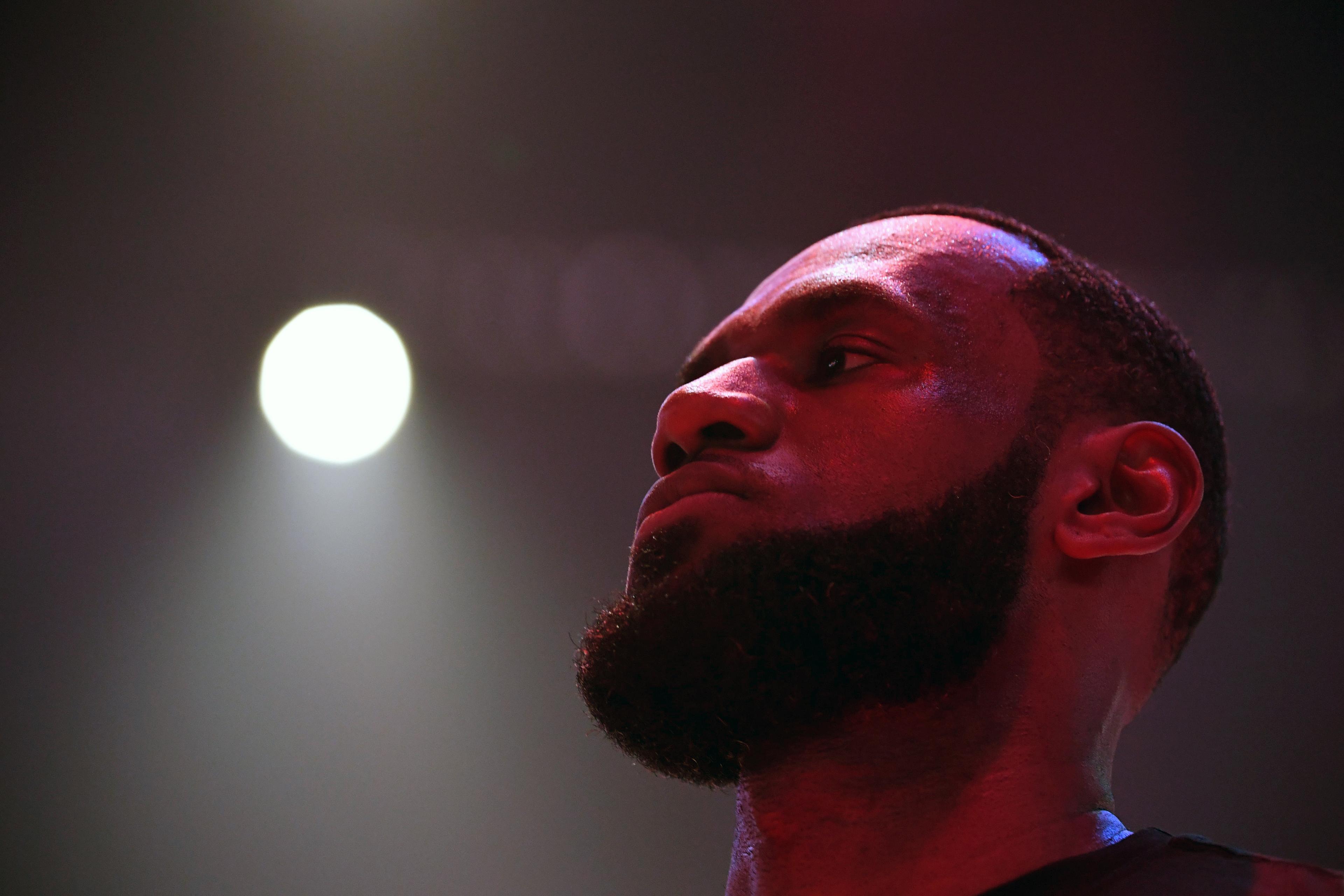Has someone close to you – such as a parent, a teacher or a manager – ever urged you to try to be more self-confident? They likely had good intentions, thinking that being more confident would help you get on in life. But did you find that it actually made you feel frustrated and helpless? After all, it’s not as if you can just fake yourself into self-confidence. If so, you’ve experienced what we call ‘the confidence trap’: the popular but misguided belief that simply telling people to be more self-confident will improve their lives.
In many parts of Western society, children are lavished with praise intended to boost their self-confidence – even if they have simply tied their shoelaces or put on their jacket. Once old enough, they are encouraged to cultivate their own self-confidence. Take the hugely popular children’s book The Lovables in the Kingdom of Self-Esteem (1991), in which the author and professional coach Diana Loomans tells them:
The gates of the kingdom are opening wide,
As you say these words three times with pride:
‘I’m lovable! I’m lovable! I’m lovable!’
Self-help books for adults are similar, typically filled with self-confidence exercises – from listing your achievements to telling yourself that you’re awesome, there is almost no excuse anymore not to be self-confident.
As psychologists who study character development in children, it’s our belief that these self-confidence exercises are misguided. We are not suggesting that self-confidence isn’t beneficial. A large body of scientific research shows that self-confident individuals are happier, healthier and more successful. We are suggesting that the way people usually go about encouraging self-confidence is counterproductive, even harmful.
One common misguided strategy many parents use is to provide inflated praise, such as ‘You’re amazing! You did incredibly well!’ When we conducted in-home observations of parent-child interactions, we found that parents were especially inclined to dole out inflated praise to children with low self-esteem. While well-intentioned, this research from 2017 shows that inflated praise can backfire, causing children with low self-esteem to worry that they won’t be able to live up to the standards implied by the praise.
In our experiments, we asked children to perform a task, such as making a drawing, or singing a song on stage. When the children with low self-esteem received inflated praise for their efforts (eg, ‘You did incredibly well!’), we witnessed that they avoided challenging tasks and became more cautious, so as to avoid the prospect of failure, as compared with their peers who received modest praise (eg, ‘You did well!’) or no praise at all. In the 2017 study, we assessed a group of children for more than a year, and found that the more inflated praise they received from their parents, the more their self-esteem fell over time.
Another popular but misguided form of encouragement involves teaching people to engage in positive self-talk – to tell themselves that they’re awesome, to remind themselves of all their achievements, or to recount the praise they’ve received from their loved ones. Unfortunately, similar to the situation with inflated praise, positive self-talk may, ironically, remind individuals with low self-esteem of the painful discrepancy between who they are and who they would like to be. For example, research shows that repeating positive self-statements – such as ‘I am a lovable person!’ – can make individuals with low self-esteem feel worse about themselves. Similarly, thinking about one’s successes can lead people with low self-esteem to feel more anxious, causing tension, trembling and breathlessness. Even recounting praise from one’s own romantic partner doesn’t bring much joy to individuals with low self-esteem; they dismiss the praise.
In short, two of the most common ways to encourage self-confidence inadvertently widen confidence gaps, making individuals who lack self-confidence feel even more down about themselves. But that’s not all. The way that self-confidence is currently taught could also be sending a deeper, more insidious message. As Shani Orgad and Rosalind Gill argued in their Psyche Idea and show in their book Confidence Culture (2021), self-confidence messages are often targeted at individuals belonging to disadvantaged or marginalised social groups – including women, people of colour, and people living in poverty – who are thought to lack self-confidence. Messages to ‘just be self-confident’ convey to these individuals that they are to blame for their own predicament.
For example, many self-help books about self-confidence are geared toward women with the intent of helping them; yet the ideas they contain may inadvertently turn the blame on women. One such book, The Confidence Code (2014), claims to provide women with a guide to overcoming low self-confidence and achieving greater success in the corporate world. The authors, the TV journalists Katty Kay and Claire Shipman, review research showing that women have lower self-confidence than men, and they argue that this confidence gap can impede their progress in the corporate world, where individuals who exude self-confidence are favoured for promotions, leadership roles and pay raises. Kay and Shipman conclude that women suffer from ‘self-inflicted confidence wounds’, suggesting that women caused these wounds themselves. ‘Simply put,’ they argue, ‘a woman’s brain is not her friend when it comes to confidence.’ In a related article for The Guardian in 2014, they added that self-confidence ‘may be unevenly and unfairly distributed, but it’s straightforward to acquire’.
Although seemingly benign, this message could convey to women that the cause of societal inequalities lies within them. It suggests to women that they are held back by internal barriers rather than social injustices, and that it’s their own responsibility to acquire more self-confidence to overcome those barriers.
This emphasis on individual responsibility arose in the 1980s, with the emergence of the ‘self-esteem movement’ – spearheaded by the California legislator John Vasconcellos and based on the belief that society’s most pressing problems can be traced to low self-esteem. Vasconcellos launched the California Task Force to Promote Self-Esteem and Personal and Social Responsibility. The task force’s report in 1990 identified people’s individual responsibility in addressing social problems:
Government and experts cannot fix these problems for us. It is only when each of us recognises our individual personal and social responsibility to be part of the solution that we also realise higher ‘self-esteem’.
The self-esteem movement was right about one thing: self-confidence matters. But it was wrong about another: self-confidence can’t be boosted in a vacuum, without considering the societal forces that undercut it.
Of course, there are individual differences in self-confidence: some individuals are genetically predisposed to higher self-confidence, others have the benefit of growing up in family environments that are more conducive to self-confidence. Yet, what is often overlooked is the fact that harmful societal ideas and structures, which privilege some and oppress others, undermine the self-confidence of certain social groups. Most often, a lack of self-confidence is not a personal deficit but a reflection of wider societal ideas and structures. Without creating environments that dismantle these ideas and structures, we will never be able to close the confidence gaps that exist in society.
This is illustrated by research on the impostor phenomenon – believing that one’s success arose through luck, and fearing being exposed as a fraud. In their landmark studies in 1978, the psychotherapists Pauline Clance and Suzanne Imes found that imposter feelings were especially prevalent among high-achieving women. Historically, it was viewed as a personal issue that results from early family dynamics, and becomes ingrained in women’s psyches. The solution would seem straightforward: to praise women or remind them of their worth or abilities.
But more recent research has begun to challenge this view, locating the source of impostor feelings within the environment rather than the individual. It has shown that women experience more impostor feelings than men only in specific environments where they are evaluated through the lens of harmful gender stereotypes. For example, women experience more impostor feelings than men in academic disciplines where a common belief is that success requires a special aptitude or ‘brilliance’ that can’t be taught; this in turn interacts with negative and unjust gender stereotypes about women’s intellectual abilities. By contrast, women don’t experience more impostor feelings than men in environments that value each individual’s potential, where people believe that everyone can become highly successful with the right amount of effort and dedication.
Environments that recognise the importance of effort do not encourage women to just work harder and harder, nor do they negate structural barriers that impede women’s success. However, they do enable women to take risks and embrace challenges, without the fear of confirming a negative stereotype about their intellectual abilities.
This shows that impostor feelings, or other signs of low self-confidence, are often not caused by psychological blocks within individuals; just as importantly, they can be caused by harmful societal ideas and structures that lead those from disadvantaged or marginalised social groups to question their worth or abilities.
If you’ve ever experienced a lack of self-confidence, and you’ve tried many exercises to tackle it, know that this experience often says more about your environment than about you. As Stéphanie Thomson put it in The Atlantic in 2018, ‘the biggest problem with the confidence-gap theory is that it places the responsibility for closing the gender gap on individual women when the solution might instead lie beyond their control’.
The same principle applies to other marginalised or minority groups in society. For example, as the psychologist Jennifer Sheehy-Skeffington wrote in Psyche in 2022, people living in poverty are often pushed to adopt a positive mindset. Popular interventions teach them to ‘take control’ or ‘think big’. Yet the reality, as Sheehy-Skeffington explains, is that, when people experience financial precarity, they are focused on threats in the here and now, rather than on abstract aspirations in the future. When policymakers push supposedly positive mindsets on people living in poverty, they overlook the structural conditions that undermine the very beliefs they aim to instil.
Self-confidence pays off: those who are confident of their worth and abilities tend to live happier, healthier and more successful lives. Yet, developing more self-confidence is not straightforward. It is our collective responsibility to create environments that close confidence gaps in society, not your individual responsibility to feel better about yourself.
An important challenge that lies ahead is dismantling the harmful societal ideas and structures that thwart the self-confidence of disadvantaged or marginalised groups. Even if the more entrenched, systemic issues cannot be addressed right away, many people are already in a position to take steps to create environments that close confidence gaps. For example, managers can create environments that convey to their employees that everyone has the potential to achieve success, so that individuals are not viewed through the lens of harmful intellectual stereotypes. When an employee struggles with self-doubt, supervisors shouldn’t blame this on them but try to identify how the work environment might inadvertently trigger such feelings. Similarly, teachers and parents can create learning-oriented environments that embrace and nurture every child’s potential. When a child lacks self-confidence, don’t burden them with the task of raising their own self-confidence through mental exercises. Rather, help them embrace challenges that allow them to grow their self-confidence naturally. By doing so, you create a fertile soil in which the seed of self-confidence can grow.
During the writing of this article, Eddie Brummelman was supported by a Jacobs Foundation Research Fellowship (2020-1362-02) and an NWO Talent Programme Vidi grant (VI.Vidi.211.181).
This Idea was made possible through the support of a grant to Aeon+Psyche from the John Templeton Foundation. The opinions expressed in this publication are those of the author and do not necessarily reflect the views of the Foundation. Funders to Aeon+Psyche are not involved in editorial decision-making.








